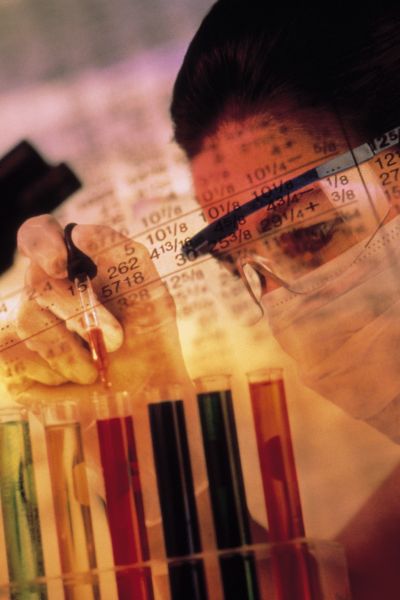Novel toxicology detectors

Novel toxicology detectors
Antibiotic resistance is proving to be a major challenge for modern medicine. To overcome this, innovative solutions for screening new drugs and interventions are required.
Initially, antibiotics work well, but they impose strong selective
pressure on pathogens, inducing them to mutate in order to survive. As a
result, novel strategies are required for combating bacterial
infections. Over the past few years, new drug-delivery systems based on
nanomaterial carriers have been designed and tested for their efficacy
in killing bacteria. However, the employed strategies are inefficient at
providing sufficient information on the toxicological outcome of drug
interventions.
Existing methods only evaluate the overall survival of bacteria
following drug administration, and not the events that take place at the
single-cell level, potentially leading to erroneous interpretations.
Seeking to address this limitation, researchers on the EU-funded
NANOTESTS project propose to develop paper-based microfluidic detectors
for the screening of drug-resistant bacteria.
Microfluidic devices based on paper are inexpensive to produce and
can provide information on the toxicological impact of new drugs and
chemicals on single bacteria. The activities of the project are focused
on the identification of the appropriate surface chemistry for
toxicological studies and on the development of microfluidic channels.
The long-term aim of the NANOTESTS study is to generate a
microfluidic device that can perform multiplex toxicological evaluation
of various drugs and gases. Using this system to evaluate the outcome of
nanoparticle-based drug carriers is believed to produce robust
solutions against antibiotic-resistant pathogens.
published: 2015-02-06